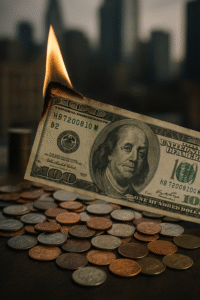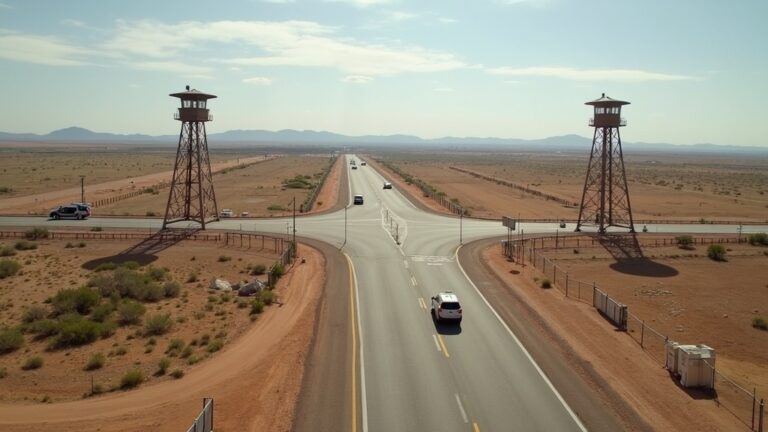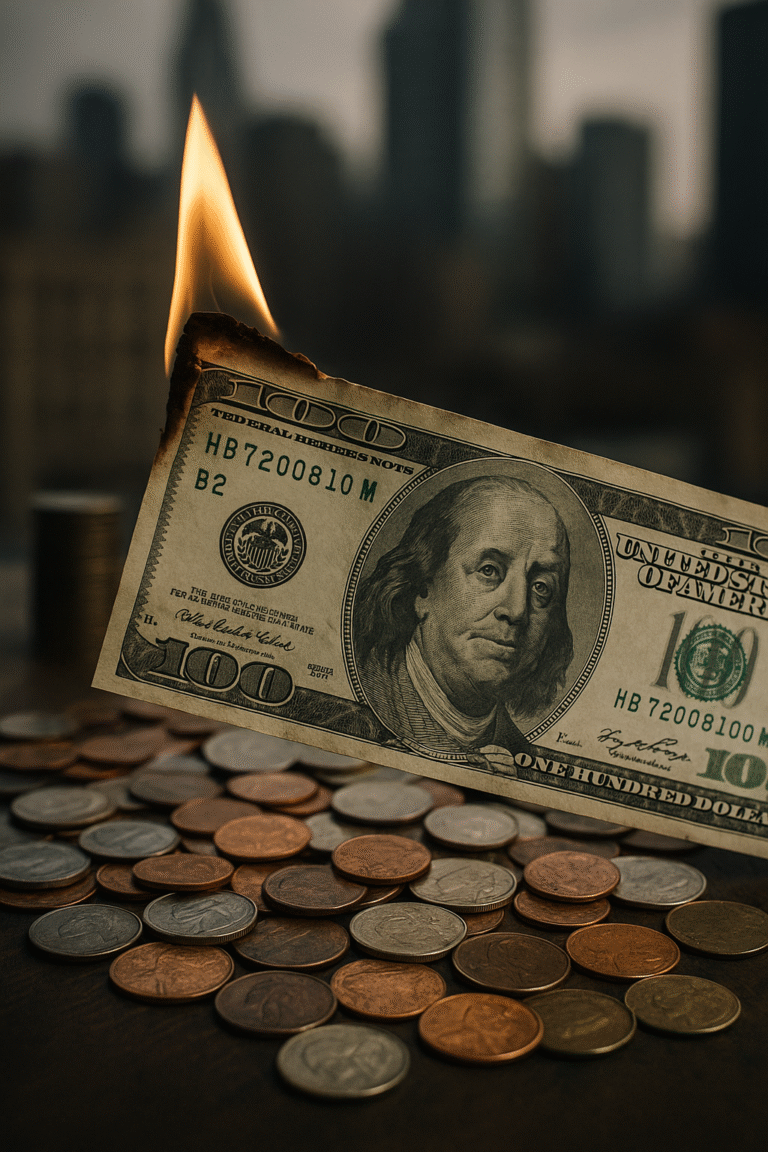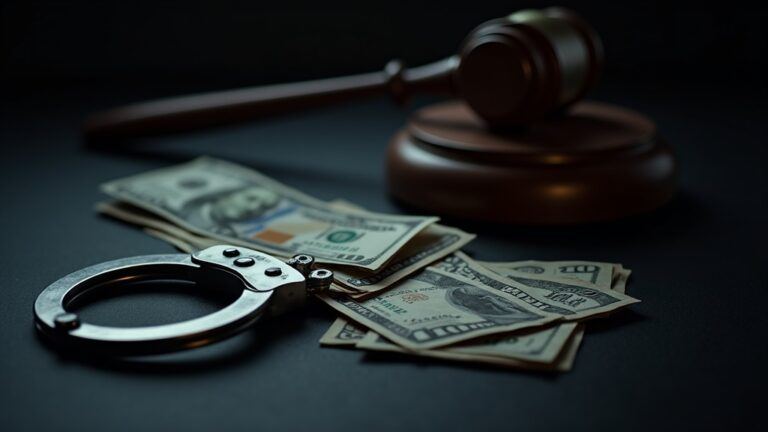Introduction
Money laundering scandals, particularly Major Money Laundering Scandals, might seem like stories from another world, but the reality is that they have a huge impact on everything from global finance to your day-to-day banking experience. When you check out real-world case studies, you can see how enormous amounts of dirty money slip through systems that are supposed to catch them. These scandals have exposed blind spots—from careless compliance teams to loopholes in international regulations—and have forced banks and governments to finally take action and close some of those gaps.
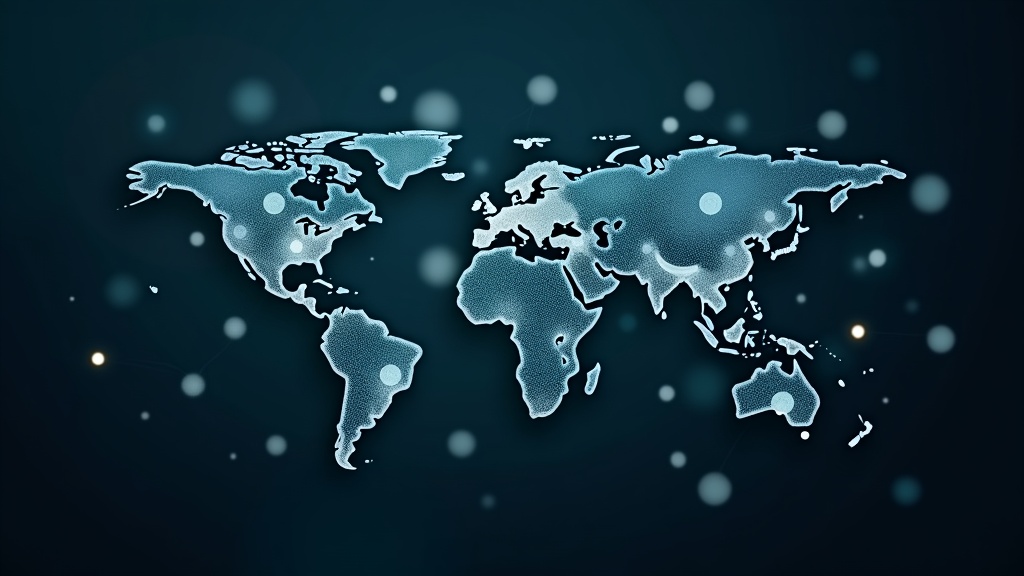
Table of Contents
Why It’s Worth Looking Closely at Money Laundering Scandals
Understanding Major Money Laundering Scandals can provide vital insights into the weaknesses of our financial systems.
Checking out some of the most massive money laundering cases shows just how complicated and international financial crime actually is. These stories go beyond missed suspicious transactions; they’ve driven entire legislations and forced banks to step up their approach to financial crime. Case studies aren’t just about playing the blame game; they reveal where things can break down and spotlight what regulators and banks are working to fix going forward.
Let’s step through some of the landmark scandals, break down how things spiraled out of control, what the fallout was, and what lessons ended up changing the financial landscape.
HSBC’s $1.9 Billion Blow: The Cartel Case (2012)
HSBC, one of the world’s largest banks, became a cautionary tale in 2012 after U.S. regulators slammed them with a $1.9 billion fine for helping Mexican drug cartels transfer money through their American branches. The real shock came from how easily these funds—earned from illegal drug sales—moved into the financial system.
How did this happen? The bank’s compliance teams simply didn’t keep up with the flood of risky transactions. Red flags were ignored and transactions from high-risk places like Mexico weren’t properly reviewed. The system for keeping an eye on customer activity failed, letting suspicious wire transfers and deposits slide by for years.
The aftermath: HSBC received a historic penalty and was forced to make big changes to its anti-money laundering (AML) processes. Their name was dragged through the mud. Beyond the money, the entire compliance infrastructure had to be rebuilt, and many customers lost faith in the bank.
What stood out: Even the most established financial institutions can completely trip up on AML if they cut corners on training or technology.
Danske Bank: €200 Billion in Suspicious Flows (Estonia, 2007–2015)
Danske Bank’s Estonian branch quietly became a pipeline for money from Russia and post-Soviet states, channeling as much as €200 billion in questionable funds over nearly ten years.
How did this happen? The branch aggressively offered accounts to nonresidents—people and companies who had little or no legitimate connection to Estonia. Many of these accounts belonged to shell companies set up only to transfer cash. The safeguards meant to flag sketchy activity either didn’t work or staff simply didn’t follow up when alerts came in.
The consequences: Danske’s CEO resigned, and regulators broadened their investigation to include dozens of other institutions suspected of enabling the massive scheme. The sheer size of the scandal shook Europe, pushing EU authorities to demand that banks take nonresident risks seriously and keep a much closer eye on branches outside their home nations.
The lesson? Even branches of big banks, especially smaller ones in overlooked locations, can introduce huge risks when unusual activity is ignored or left unchecked.
1MDB: Malaysia’s State Fund Scandal (2009–2015)
1MDB (1Malaysia Development Berhad) was supposed to serve as a government-run investment fund. Instead, billions vanished, rerouted through global banks and concealed by onion-like layers of shell companies. Money from 1MDB ended up buying luxury real estate, rare art, top-dollar goods, and even bankrolling the Hollywood blockbuster “The Wolf of Wall Street.”
How did this happen? A web of offshore firms and shadowy intermediaries layered and separated the dirty funds from their destination. Banks in nations like Switzerland, Singapore, and the U.S. processed red-flag amounts but failed to ask tough questions, especially since many of the players were powerful political figures.
The fallout: This scandal led to criminal charges for bankers, businesspeople, and even Malaysia’s former prime minister. Goldman Sachs, which had helped raise money for 1MDB, paid billions in settlements. Lawsuits and recovery efforts for the stolen billions are still ongoing to this day.
The takeaway: Political power can help crime run at a staggering scale, and tracking dirty funds across borders requires governments and regulators to team up globally.
Wachovia: A Bank and Billions in Drug Cash (2004–2007)
Wachovia, which once stood among the biggest U.S. banks, ended up enabling the movement of over $378 billion in wire transfers, cash, and travelers checks from Mexican currency exchanges (casas de cambio). Most of this money, investigators found, was connected to drug cartels.
So, what happened? Wachovia barely checked any of the enormous sums being moved by customers, few of whom seemed to have any real reason for such large deals. The bank’s compliance team missed obvious irregularities and failed to file reports or flag sketchy cash that pointed directly to cartel activity.
And after that? Wachovia paid $160 million to resolve fines and settle with regulators. Its reputation took such a dent that it ended up being acquired by Wells Fargo. The big message: ignoring risks from correspondent banking and currency service companies brings way more pain than just some regulatory slap on the wrist.
Russian Laundromat: Billions Laundered Across Europe (2010s)
The so-called “Russian Laundromat” and the “Troika Laundromat” involved funneling money out of Russia and into Europe, helping clients park at least $20 billion in assets safely away. The scams used dozens of banks, especially in Moldova and Latvia, to move the funds without much oversight.
How did it work? Trade-based laundering, phony loans, and shell companies made it all click. Money was moved as “repayments” for fake debts, camouflaging the origin and making it tougher for banks to give these deals a once-over. Weak rules in Moldova, Latvia, and Cyprus turned those countries into hubs for getting money into the EU system.
Impacts? These revelations forced authorities to shut down several banks in Eastern Europe or pull their banking licenses. Crackdowns kicked in on cross-border correspondent banking and nonresident clients, while banks in Western Europe had to beef up their monitoring to prevent spillovers.
Other Major Scandals Worth Checking Out
- Panama Papers (2016): Investigative journalists stumbled upon massive files showing how offshore companies were used by politicians, celebrities, and criminals to hide money and clean up illicit assets. This global story kicked off countless investigations and broke the secrecy that protected offshore havens. ICIJ: Panama Papers Investigation
- Liberty Reserve (2013): An online currency platform, Liberty Reserve was responsible for moving about $6 billion in illicit funds before authorities shut it down. The case underscored just how risky unregulated digital currencies could be.
- Deutsche Bank (Mirror Trades): Clients at Deutsche Bank bought Russian securities in rubles and then sold identical assets for foreign currencies elsewhere, making it easy to send money overseas and mask its source. The bank faced over $600 million in fines by 2017.
Spotting Patterns and Weaknesses in Financial Systems
Looking over these scandals, some patterns emerge again and again:
- Poor compliance: Many banks ignored clear warning signs or failed to invest enough in qualified staff or technology.
- Shell companies and offshore loopholes: Criminals rely on tangled corporate structures set up in countries with very little oversight, making illicit transactions hard to track down.
- Flimsy correspondent banking controls: Cross-border payments sent through secondary bank relationships are risky if those connections aren’t watched closely enough.
All these cases pushed regulators to plug some of the biggest holes, but financial criminals always seem to find ways to adapt and stay ahead.
How Rules and Oversight Have Shifted
The shockwaves from these cases brought overdue changes. Fines for violating AML rules now run into the billions. New laws focusing on beneficial ownership have made it tougher to hide who is really behind a company or account. Banks have been pushed to make compliance part of their culture and not just treat it as a check-the-box obligation.
Recently, regulators are more willing to hold individual executives responsible—not just blaming institutions, but targeting the actual decision-makers. Supervisory bodies in the U.S., European Union, and Asia now work more closely together and share red-flag tips that used to get stuck in separate channels. This teamwork makes it harder for bad actors to play one system against another.
Why These Scandals Still Matter
Major money laundering scandals don’t just cost banks billions; they threaten the public’s trust and the integrity of national and global economies. It takes more than just new technology or stricter screening—banks, governments, and customers all have to stay sharp every day to keep up with the ever-moving target of financial crime. Every big headline should serve as a reminder: fighting money laundering is ongoing, and only real diligence at every level can make financial systems safer for everyone.
Keeping up with these stories helps everyone spot new risks and supports the push for fairer, stronger financial systems everywhere.
If you feel like you need to report a crime involving money laundering, please don’t hesitate to contact your local law enforcement or, if in the United States, reach out to the Homeland Security Investigations or the Federal Bureau of Investigations.
Contact Us:
If you need to contact us for any reason, please feel free to do so here!

